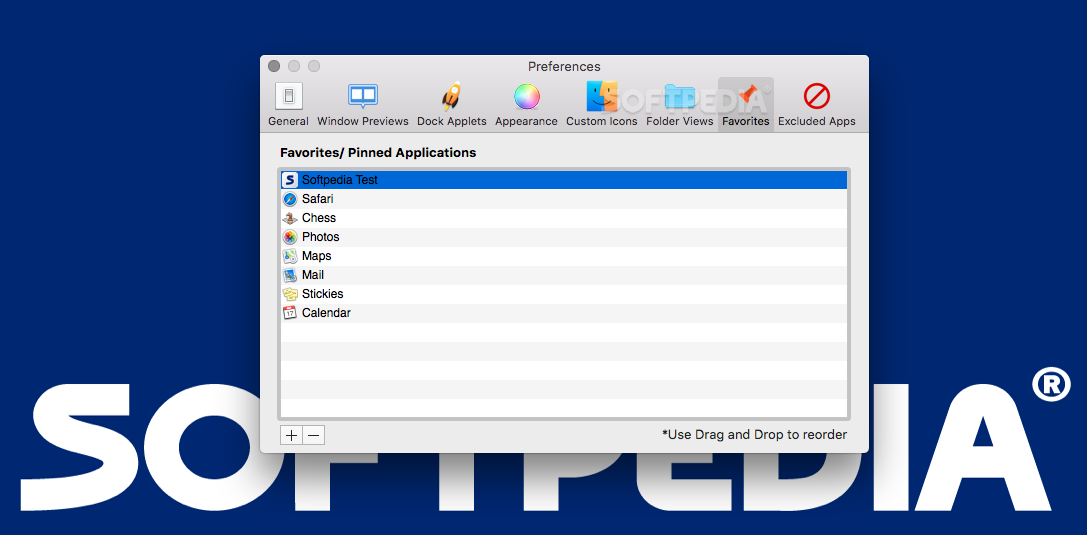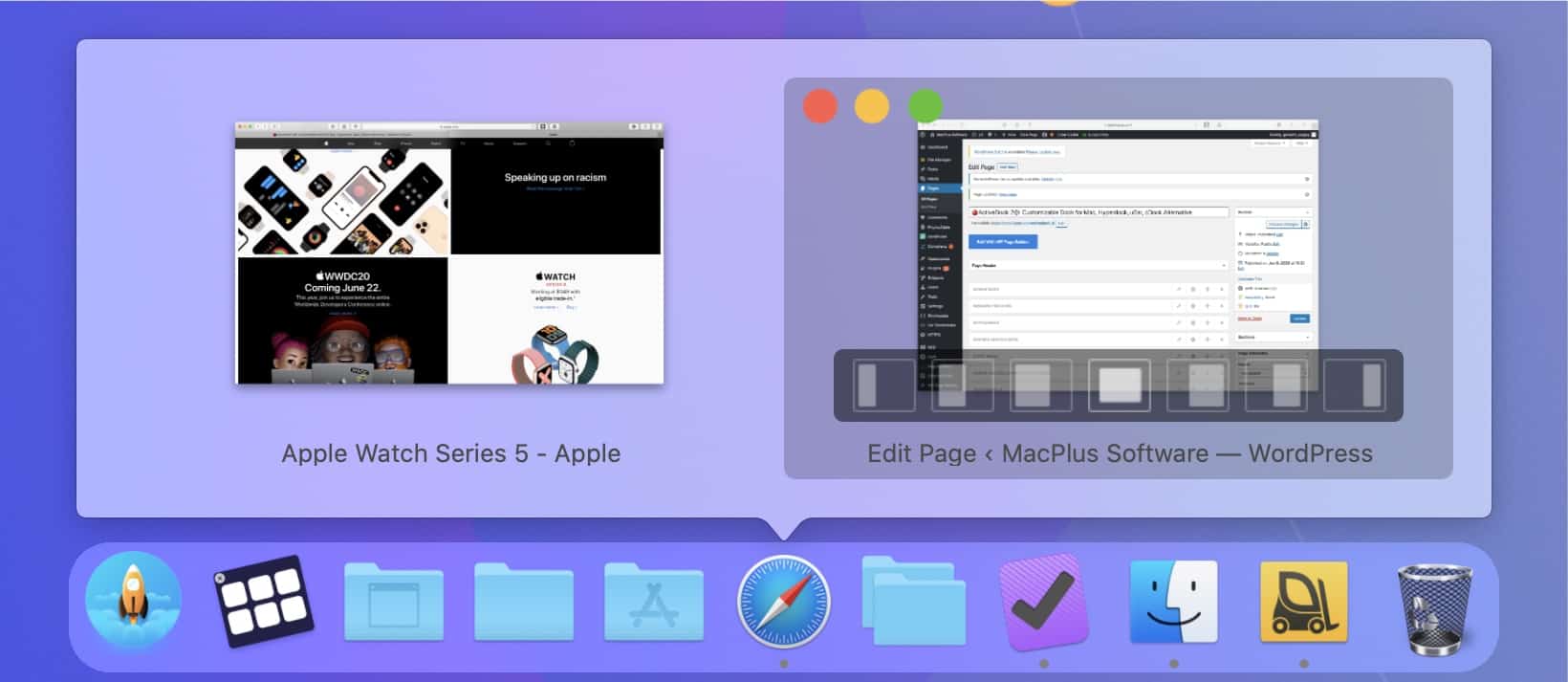

Sometimes, you need a dock that blends in with your other UI and stuff. Why Do You Need a Third-Party Dock ReplacementĪs you can see, you can make a few changes to the way the dock looks, but it is not enough. Step 2: Click the checkbox next to Show recent applications in Dock so that the check disappears (it’s on by default). Step 1: Navigate to the Dock menu in the System Preferences menu. If you are not a fan of it, then turn off the option from the Dock menu. Much like iPadOS on iPad, macOS puts users’ recently used applications in a special section of the Dock. Hide Recent Applications on the Dock on macOS Simply right-click on an empty space on Dock and make changes.
#Activedock 1 mac pro#
Pro Tip: You can enable/disable most of these options from the Dock itself. Step 3: Enable Automatically hide and show the Dock option. Step 2: Navigate to System Preferences > Dock. If you don’t want the Dock getting in the way of your productivity, you can keep it hidden until you want to access it, at which point you can call it back up by hovering your cursor over the place where it normally resides.
#Activedock 1 mac mac#
Similar to Taskbar on the Windows, you can completely hide Dock on the Mac to maximize the screen area. Pro Tip: You can change the location of the Dock by holding down the shift key, clicking on that divider, and dragging the Dock to the left, bottom, or right sides of the screen. Step 4: Select Left, Bottom, or Right to change the orientation of the Dock. Follow the steps below to change the dock position to left/right on the Mac. The majority also stick with the default dock orientation, but if you are coming from Linux, you will appreciate Apple’s added customize option. I’m fine with the default position of the dock at the bottom. No Need to go to system settings to make changes. The cursor will change to a double-sided arrow click and drag to increase or decrease the dock’s size. Pro Tip: You can change the dock’s size by positioning the cursor over the dock divider that separates apps from files and folders. Now that you have set the preferred Dock Size and magnification, it’s time to change the dock’s orientation. Magnification is useful when using dock on the big display and has too many apps on the dock. Step 6: Drag the Magnification slider to the left or right to increase or decrease how large the icons grow when your cursor hovers over them. Step 5: Tick the box for Magnification to enable an animation that makes the Dock items that your cursor hovers over larger. Step 4: Drag the Size slider to the left or right to increase or decrease the size of the Dock. Step 2: Select System Preferences from the drop-down menu. Step 1: Click on the Apple icon in the upper left corner of your Mac’s screen. Follow the steps to change the dock size on Mac.

Accordingly, you might find the default dock size too small or big. The Mac ecosystem consists of hardware such as MacBook Air, MacBook Pro, Mac Mini, iMac, and custom desktop.

Let’s explore every option with step-by-step directions.įirst, we will talk about ways to change the Dock position, look, size, and then mention tricks on customizing it with a third-party app. However, macOS does offer a dedicated Dock menu in the System Preferences to make changes to the dock. Most users don’t bother with its position, size, or default settings. When you first set up your Mac, your Dock lives along the bottom of your screen in a translucent rectangle. It offers you a quick way to access the Finder (Mac’s built-in file manager) as well as your currently running applications, favorite apps, favorite files or folders, and of course, the Trash. The Dock has been with the Mac for over a decade.
#Activedock 1 mac install#
In this article, we’ll discuss all the built-in ways to tweak Mac Dock, and if you want to go further, you can install third-party dock replacements from web.


 0 kommentar(er)
0 kommentar(er)
